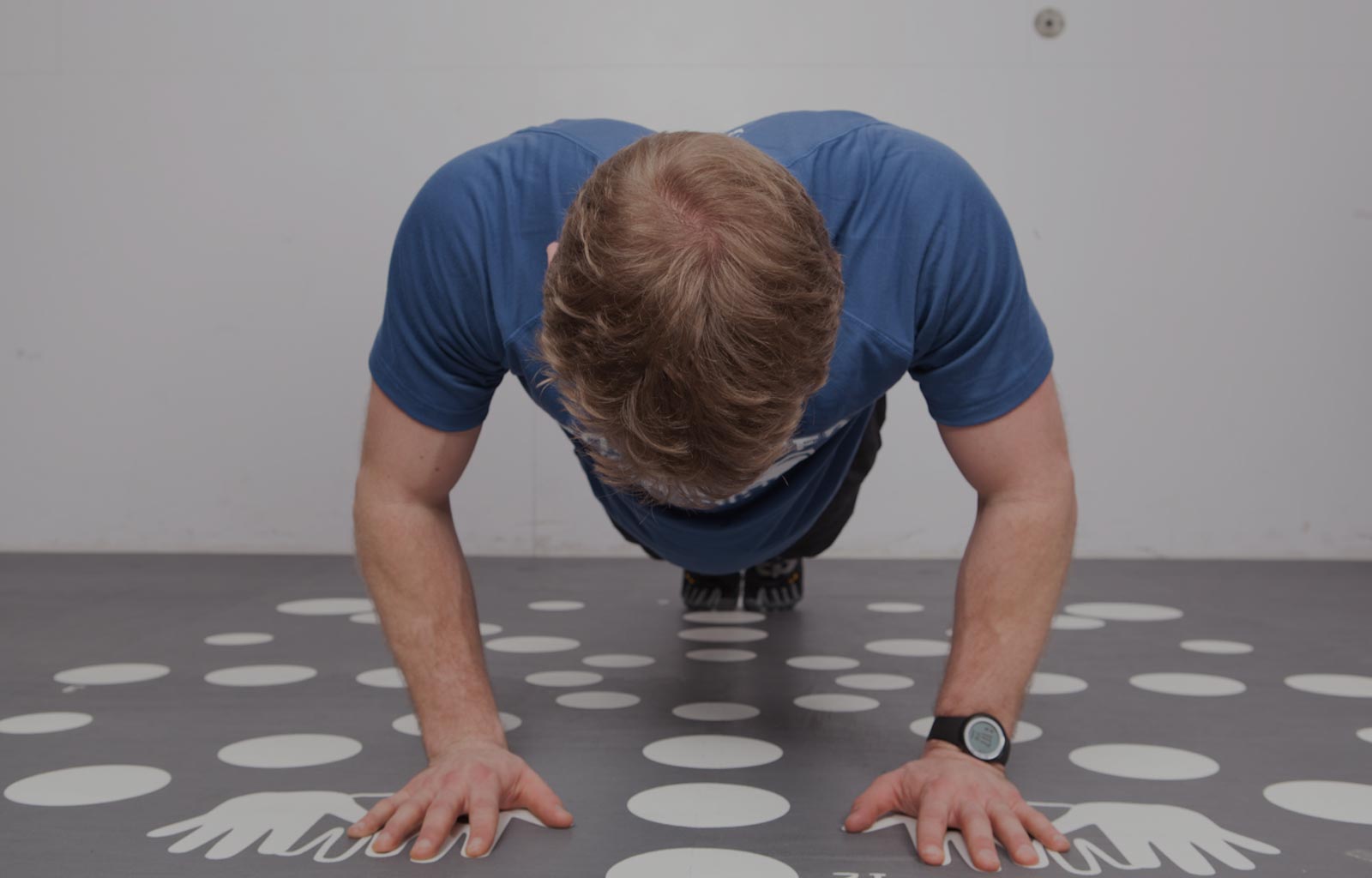As the global population ages, the demand for targeted and evidence-based approaches to fitness for older adults continues to grow. According to the World Health Organization (2023), individuals aged 60 and older will make up more than 20% of the global population by 2030. This demographic shift necessitates innovative strategies to promote functional independence, prevent chronic disease, and enhance overall well-being.
Historically, senior fitness programs focused primarily on low-intensity activities such as walking and flexibility exercises. However, new research has demonstrated that older adults can safely and effectively engage in strength and high-intensity functional training when properly guided (Nelson et al., 2022).
At the same time, technology, personalized fitness plans, and advancements in nutritional science—such as nutrigenomics—are reshaping the fitness landscape (American Senior Fitness Association [ASFA], 2024). Together, these developments are creating a more holistic and adaptive approach to healthy aging.
The Expanding Role of Strength Training
Among the many innovations in senior fitness, strength training has emerged as a cornerstone for maintaining independence and vitality. Resistance training, once considered suitable mainly for athletes, is now widely recognized for its role in combating sarcopenia, osteoporosis, and cognitive decline (Fragala et al., 2019).
Recent studies have shown that consistent strength training can increase muscular strength by approximately 40%, improve balance and coordination, and reduce the risk of falls by nearly 30% (Lopez et al., 2023). Moreover, regular resistance training contributes to enhanced mood, better cognitive performance, and improved cardiovascular health (Mikkola et al., 2020).
Modern advancements have made strength training more accessible than ever. Adaptive resistance equipment, simplified digital interfaces, and progressive guidelines allow older adults with varying physical abilities to participate safely. The presence of trained professionals ensures proper form, minimizes injury risk, and provides personalized modifications. These factors make strength training not just beneficial but essential to successful aging.
Group Strength Training and Social Fitness
In addition to its physical benefits, strength training also promotes social connection when delivered in group formats. Programs like the RAC’s “Basecamp” have gained popularity by combining structured resistance workouts with supportive community environments. Research suggests that seniors who participate in group exercise programs demonstrate higher levels of motivation, consistency, and overall life satisfaction compared to those who exercise alone (Newsom et al., 2022).
The benefits of group strength training extend well beyond the physiological. Key advantages include:
- Enhanced motivation and adherence. The collective energy and accountability of a group encourage long-term participation.
- Social engagement. Group settings foster friendship, belonging, and reduced loneliness, which are critical determinants of mental health.
- Professional supervision. Qualified trainers can provide real-time feedback, adapt exercises to individual needs, and reinforce proper technique.
- Shared learning and encouragement. Participants benefit from mutual support and knowledge exchange, creating a sense of shared accomplishment.
Such programs exemplify how social fitness—the integration of physical activity with social connection—can significantly enhance emotional resilience and cognitive vitality. As Mikkelsen and Dwyer (2021) note, community-based strength training serves as both a physical and psychosocial intervention, promoting holistic well-being among older adults.
Technology and Personalization in Future Senior Fitness
The next decade will likely bring even greater integration of technology into senior fitness. Wearable devices and artificial intelligence (AI)–driven platforms now monitor real-time metrics such as heart rate variability, muscular recovery, and sleep quality. These tools enable personalized feedback and adaptive programming, enhancing both safety and effectiveness (Smith & Patel, 2023).
Virtual fitness programs are also expanding accessibility for seniors who face barriers such as transportation or mobility limitations. Virtual reality (VR) and interactive online platforms provide opportunities for remote participation in guided workouts, improving convenience while preserving social engagement.
Furthermore, emerging research in nutrigenomics—the study of how genes interact with nutrients—offers exciting potential for personalized nutrition plans that optimize exercise outcomes and recovery (Reed et al., 2024). This fusion of technology, genetics, and exercise science underscores a future in which fitness is increasingly individualized and data-driven.
Conclusion
The transformation of senior fitness reflects a broader shift toward empowerment, inclusivity, and scientific precision in aging. Strength training, supported by technological innovation and community engagement, is central to promoting physical function, mental health, and social well-being. Group-based programs, in particular, exemplify how social interaction and mutual support can enhance motivation and adherence among older adults.
Looking ahead, the future of senior fitness will be shaped by the convergence of personalized programming, wearable technologies, and holistic wellness strategies. As fitness professionals continue to integrate these innovations, the aging population will be better equipped to maintain independence, vitality, and purpose. Ultimately, the evolving field of senior fitness is not merely about adding years to life—but adding life to years.
References
American Senior Fitness Association. (2024). The future of senior fitness: Trends and predictions. ASFA Publications.
Fragala, M. S., Cadore, E. L., Dorgo, S., Izquierdo, M., Kraemer, W. J., Peterson, M. D., & Ryan, E. D. (2019). Resistance training for older adults: Position statement from the National Strength and Conditioning Association. Journal of Strength and Conditioning Research, 33(8), 2019–2052. https://doi.org/10.1519/JSC.0000000000003230
Lopez, R. J., Tan, H. L., & Miller, K. A. (2023). Effects of progressive resistance training on balance and strength in older adults: A meta-analysis. Journal of Aging and Physical Activity, 31(2), 142–155. https://doi.org/10.1123/japa.2022-0043
Mikkelsen, C., & Dwyer, J. (2021). Social support and group exercise adherence among older adults: A longitudinal study. Gerontology and Geriatric Medicine, 7(1), 1–9. https://doi.org/10.1177/2333721421100587
Mikkola, T. M., Sipilä, S., & Rantanen, T. (2020). Strength training and health outcomes in aging populations. Ageing Research Reviews, 64, 101–115. https://doi.org/10.1016/j.arr.2020.101115
Nelson, M. E., Fiatarone Singh, M. A., & Roubenoff, R. (2022). Exercise prescription for aging adults: Reconsidering intensity and progression. Sports Medicine, 52(7), 1453–1467. https://doi.org/10.1007/s40279-022-01683-9
Newsom, J. T., Harlow, A., & Powers, L. (2022). Group-based exercise and psychological well-being among older adults: A systematic review. Journal of Aging and Health, 34(5), 642–660. https://doi.org/10.1177/0898264322108811
Reed, J. C., Patel, S., & Thompson, D. L. (2024). Nutrigenomics and exercise: Personalized approaches to health and performance. Frontiers in Nutrition, 11, 115–127. https://doi.org/10.3389/fnut.2024.00115
Smith, K., & Patel, R. (2023). Artificial intelligence and the future of personalized fitness for seniors. Journal of Digital Health, 5(3), 199–210. https://doi.org/10.1177/2055207623110011
World Health Organization. (2023). Global report on healthy aging. WHO Press.




